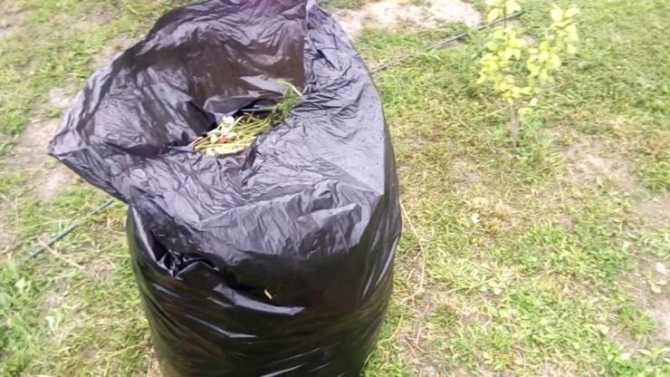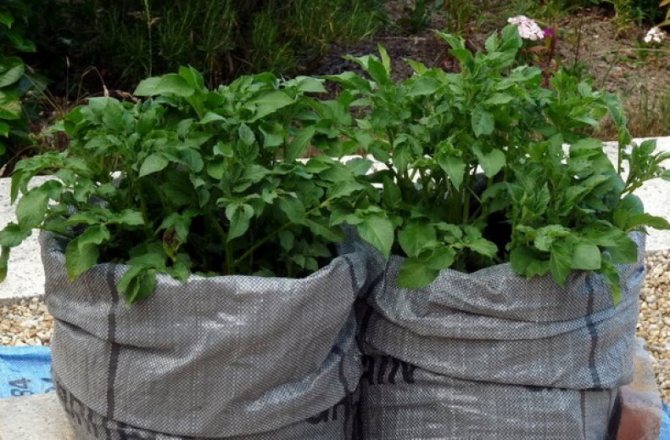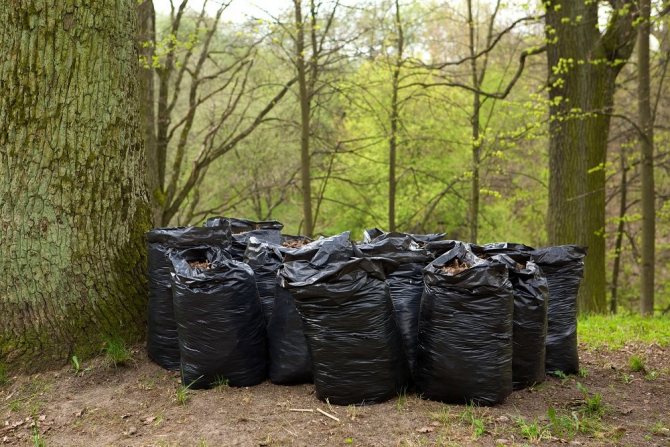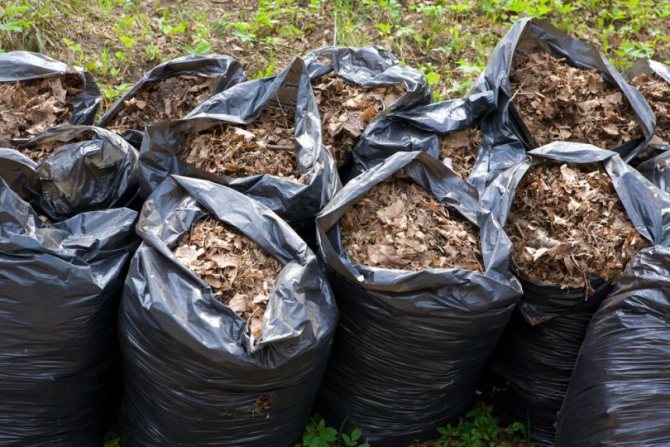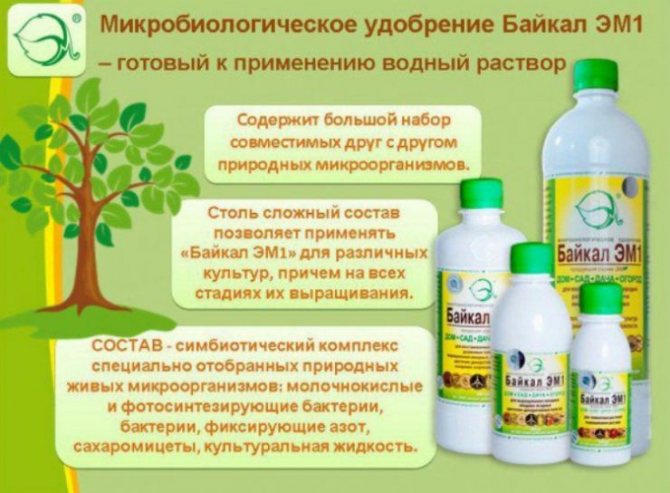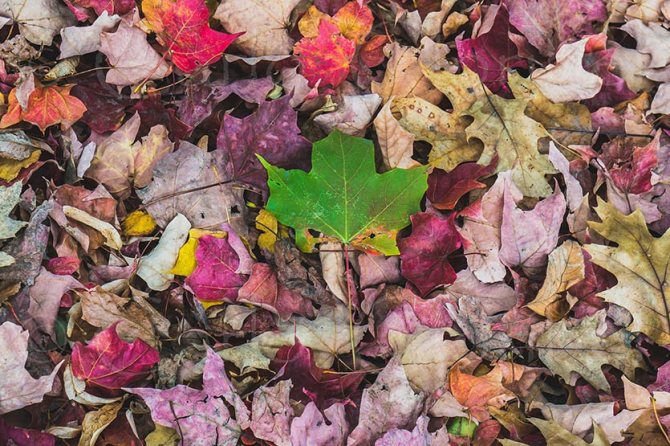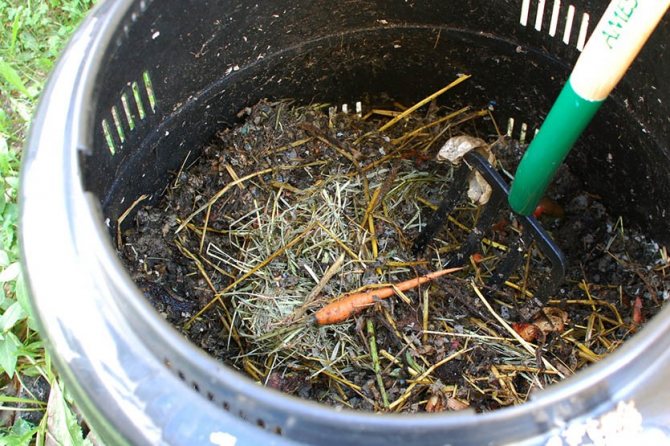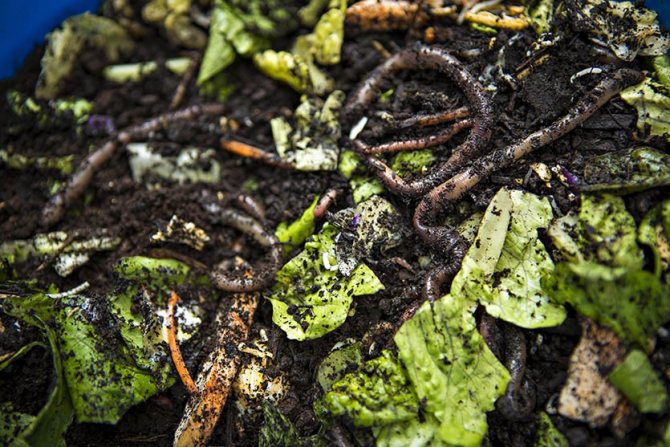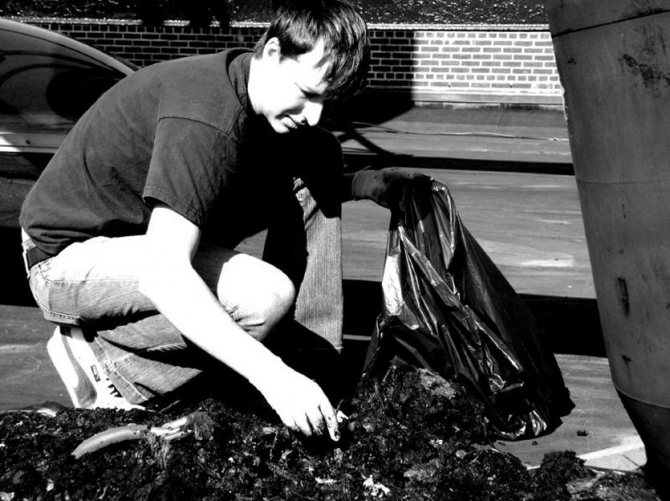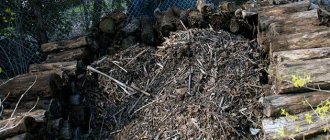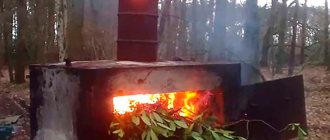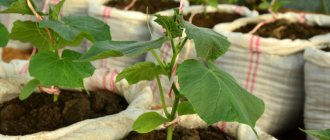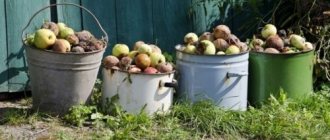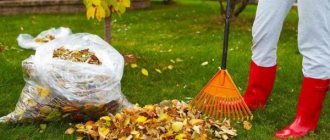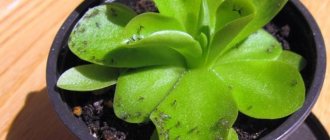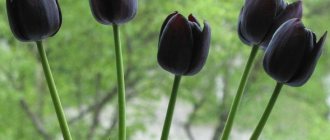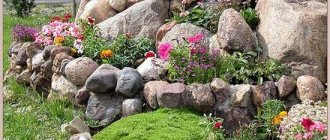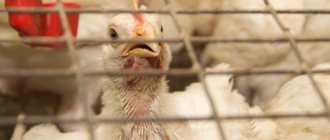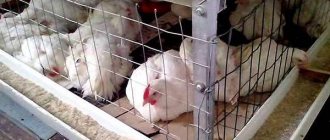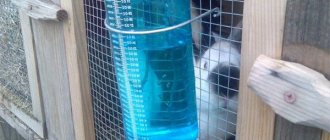For a decent harvest of vegetables, berries and fruits, it is necessary to provide plants with adequate nutrition. This is usually organic matter: manure, bird droppings, compost or mineral fertilizers. Overripe compost is able to supply plants with everything they need, improves the structure of the earth. However, for its ripening of plant and kitchen residues, tops, small twigs and tough stems, it takes at least two years and with periodic shoveling of the contents of the compost pits.
And then there was information about a new technology for instant compost preparation. Today we will consider how to make quick compost in bags... So, let's talk about the new technology.
I invite you to the group on "Country hobbies"
How to make quick compost in bags
How to make compost in a bag in a few months
1. Purchase dense bags with a volume of at least 120 liters. It is undesirable to use regular garbage bags, as they stretch and tear (or make double ones - one to one). The material should be dense and black in color. The black color attracts the sun's rays, due to which a high temperature will be maintained inside. If it has a volume of less than 120 liters, then the components will simply dry out and not rot.
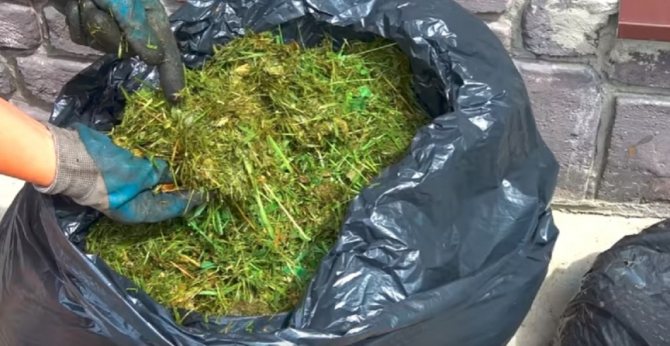
2. Fill the bags with organic waste. As a filler, you can use the peel of potatoes, bananas, the remains of any vegetables and fruits, grass. But it is undesirable to use grass with ripe seeds, citrus peel, since weed seeds will end up in the beds as a result, begin to grow actively, and the peel rots for too long. In addition, you cannot use infected fruits and plants, otherwise the disease will spread directly in the compost, and then it will fall into the garden, infecting all plantings. Foliage from diseased trees should also not be used.
3. Mix the ingredients well. You can just jerk around so that the organic matter is evenly distributed and settled, or lay it out in layers. It is undesirable to send any large vegetables to the compost, for example, a head of cabbage. First, it should be crushed into several pieces.
4. Spill with a special preparation, which contains bacteria that contribute to the rapid decay of organic matter. Such preparations are sold in gardening stores, they all have a bacterial basis, therefore they are completely harmless. Thanks to the bacteria inside, a favorable environment is created for the rapid decomposition of organic matter.
5. Tamp all the components and then tie the bag tightly to prevent air from circulating. Then, pathogens and pests, as well as weed seeds, will not penetrate from the outside.
6. Choose a place on the site that is constantly illuminated by the sun. It is advisable that the shade of bushes and trees does not fall on the compost bags, even in the morning and evening hours.
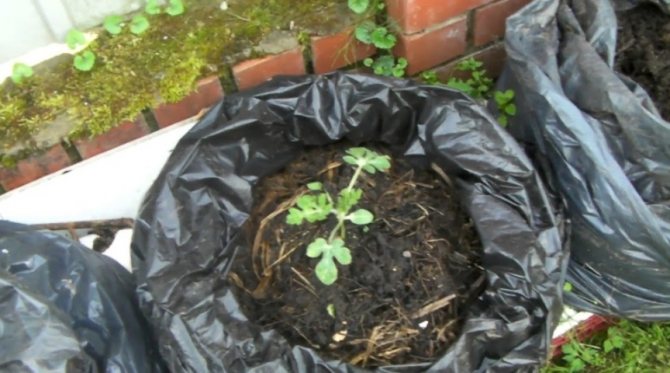

7. After 3 months, the condition of the mass should be assessed by looking inside. If it has become loose, homogeneous, then the compost is completely ready for use. If he has not yet overreached, you need to close the bag again for 3 months.
Thanks to this method, it is not necessary to build a special place on the site, and also make sure that the composition is not washed out by rains.
Watch a visual video on how to create quick humus compost in black plastic bags (black plastic bags are always available).
Video: the process of making quick compost-humus in black bags
Video: Answers to questions about composting in bags
Compost is an organic fertilizer that can be obtained as a result of the decomposition of various elements (plants, food, soil, leaves, branches, manure). Compost can be purchased in specialized stores, or you can make it yourself. Composting in garbage bags is just one way. Ordinary pits or specially prepared heaps are often used. Let's take a closer look at what makes compost in bags better.
Production tools
Manufacturers have set up many composting devices. However, their use is beneficial only on large farms. In such organizations, composts are produced in large volumes, and the use of small equipment is not rational.
To prepare humus in individual summer cottages, and also in cramped conditions, it is enough to use those devices that have already been recalled in this article.
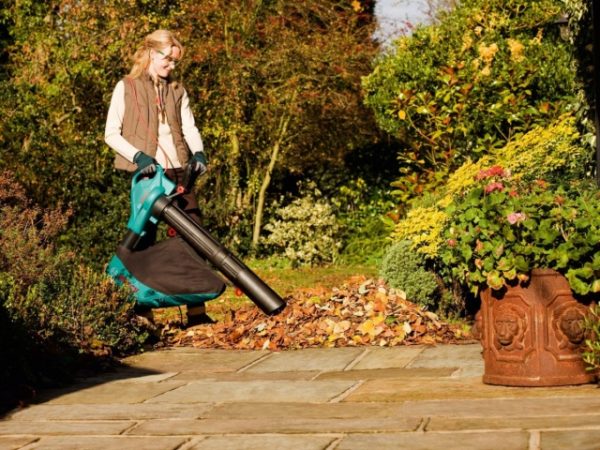

Garden vacuum cleaner - a handy tool for collecting foliage
Such devices include:
- fan and lawn rakes - they are intended for collection;
- garden vacuum cleaners and lawn mowers - used for collection and shredding;
- mulchers - intended for shredding.
Most gardeners know that the soil depletes over time, which means that you should not expect a good harvest on such lands. Therefore, soil fertility should be increased annually. It will take several years to improve the soil.
Thus, compost in bags will save every gardener money and will maintain soil fertility every year.
Compost is an organic fertilizer that can be obtained as a result of the decomposition of various elements (plants, food, soil, leaves, branches, manure). Compost can be purchased in specialized stores, or you can make it yourself. Composting in garbage bags is just one way. Ordinary pits or specially prepared heaps are often used. Let's take a closer look at what makes compost in bags better.
Benefits of compost
To understand how to make compost in bags, you need to understand what the fertilizer comes from and understand its benefits. Humus is obtained as a result of the activity of various microorganisms.
Falling asleep leaves, soil, grass, food waste into the container, microorganisms begin to affect the raw material. As a result, the decay process takes place.
The moisture content of the feedstock and a sufficient amount of oxygen are also important. If you put only one grass, for example, without soil, you will end up with saltpeter, not compost.
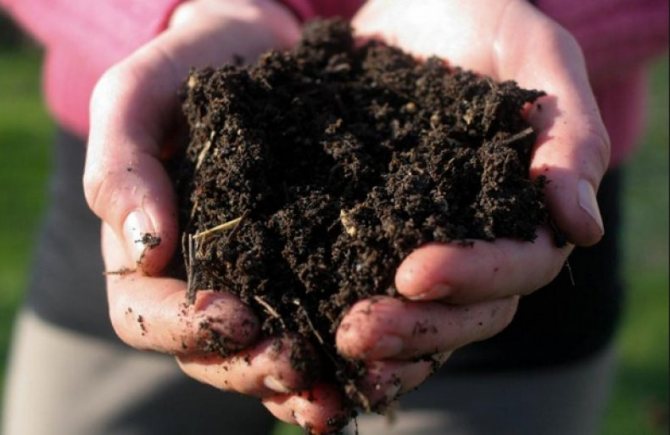

Pros and cons of leaf compost
What are the benefits of compost? It is difficult to answer this question in one sentence. To understand its importance in agriculture, you should list its main advantages.
- the preparation of humus saves the gardener from the problems of removing garden plant waste, as well as some food waste;
- no cost required. All components are right under your feet in the garden area;
- it is an environmentally friendly fertilizer that is saturated with micronutrients and humus;
- after adding it to the soil, it becomes loose and air-permeable. In other words, the soil begins to "breathe";
- compost-saturated soil retains moisture well;
- can function as mulch. If it is enough, then they can evenly cover a certain section of the garden. Its presence in the beds does not allow weeds to germinate and retains the moisture of the plant root system;
- humus lying in the beds attracts birds, and sometimes hedgehogs, which rid plants of harmful insects or slugs;
- beneficial bacteria and fungi multiply in it, which contribute to the decomposition of organic components. In it, worms are bred, which loosen the earth on the one hand, and on the other, can be used for fishing;
- saves the gardener to look for a place for burning;
- a natural product that saves the gardener from oversaturation of his site with all kinds of chemical fertilizers.
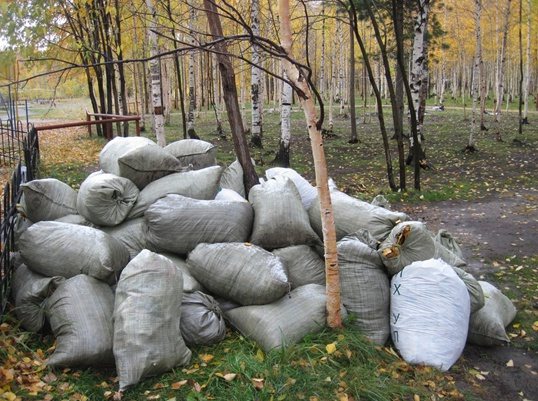

Making compost in bags is a little used method among gardeners
The disadvantages include:
- some leaves with flat shapes are endowed with the property of caking with each other into a dense mass, which complicates the process of decay;
- rapid evaporation of moisture... To ensure the decomposition process, the compost should be watered frequently with water.
Having familiarized yourself with the advantages of compost, you can try to understand the technology of its production.
How to prepare fertilizer
You can make compost in bags with your own hands quickly and easily. The main advantage is cheapness. You will only need to spend money on the purchase of bags. They should be dense, bulky and dark in color.
They can be found in the building supplies store. The density is not always indicated on the package. But on examination, you can see how the material is stretching. If it is difficult enough to stretch, the containers have a high density.
Such bags will be able to withstand frosts down to -30 ° C and heavy rains. Experienced gardeners and gardeners recommend taking bags with a volume of 250 liters. Thanks to this, the soil in them will not dry out quickly.
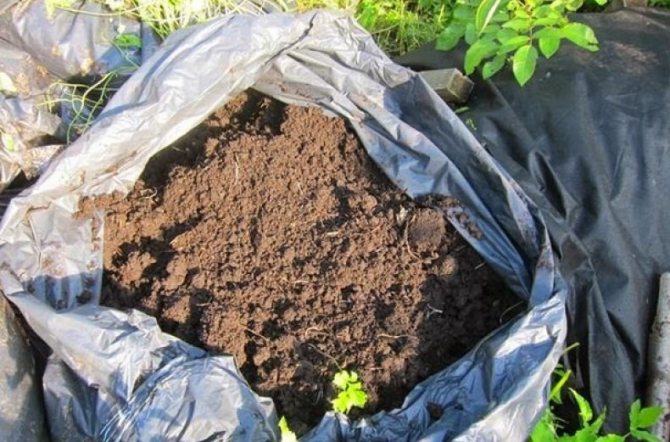

- any types of plants (vegetable tops, leaves, fruits, grass);
- eggshells and other food waste;
- weeds with soil and just soil;
- paper, cardboard;
- wood, sawdust.
Organic fertilizer do not contribute:
- bones;
- coal ash;
- soapy water or something related to chemistry.
Fertilizer bags can be positioned anywhere on the site. Raw materials are put there in layers. For example, a layer of food waste — soil — a layer of dry leaves.
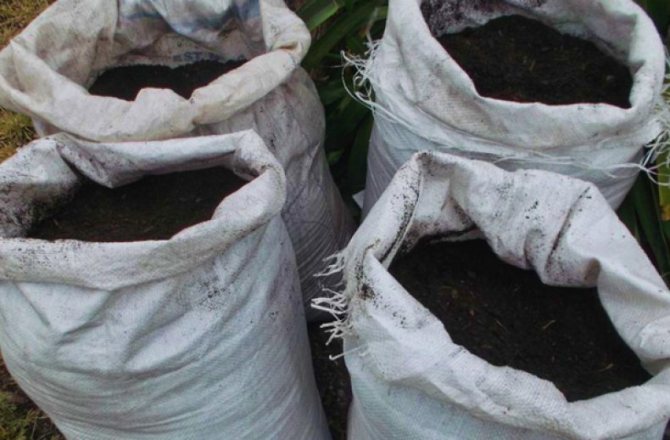

Make sure that all layers are tamped tightly. The bags are tied, no additional holes are made in them for aeration.
Moisture is a necessary condition for obtaining high-quality organic fertilizers. The compost can be watered immediately with a little water before tying the bags.
But this is done only on condition that more than half of the raw material is dry. EM preparations are also added to the compost. They increase the number of microorganisms, promote rapid decay.
Fertilizer is best applied in the fall. Because there will be a lot more raw materials. In addition, in spring, after low temperatures, bacteria will affect organics faster.
To make quick compost in black bags you will need:
- Garbage bags with high density, correspondingly dark color.
- Organic raw materials.
- EM drug.
- A small amount of water.
With all these readily available materials, you can get organic humus within 6-10 months.
If you are making fertilizer in bags, then mixing the contents is not necessary. Filling containers is best done in one step. This will allow all products to rot in the same amount of time. Staged bookmarking is also possible. But in this case, you will need to use the lower layers of compost, and they are more difficult to get.
If you want an acidic organic fertilizer, you can make it from the leaves by adding ammonium sulfate there. This fertilizer contains nitrogen and sulfur, thus slightly acidifying the contents of your container.
Cooking material
Self-composting does not take much time and allows you to save personal funds.
What can be in compost? These are waste from your kitchen, such as cereals, fruits and vegetables, even tea leaves or grounds taken from the coffee you drink. It is also recommended to use rotted animal manure.
As well as stems and branches from crops growing in your garden, foliage and other rotted waste from the site, any types of algae, waste that a special shredder of garden crops leaves behind. Pre-chopped weeds are also suitable. You cannot use only their root system. Compost also often contains materials of natural origin - paper or fabric.
Material prepared by: Nadezhda Zimina, gardener with 24 years of experience, process engineer
One of the most common and affordable fertilizers for the garden and vegetable garden is compost is a substrate obtained from organic waste and tops of cultivated plants.
In fact, it is free, but it will take time and effort to prepare it.
Anyone can make compost with their own hands, because any household produces a lot of organic waste, and in any garden you can always collect a large amount of tops and weeds that will be recycled. Rational owners utilize all this through composting, obtaining natural organic fertilizer, rich in elements necessary for the quality development of plants.
The process of turning grass and household waste into the most useful top dressing can be roughly divided into three stages:
- Decomposition.
At this stage, the source material is actively heated inside the heap, gradually changing its structure, and enriched with useful substances. Ultimately, the transformation leads to the fact that various beneficial microorganisms appear in the compost, including fungi, as well as earthworms - the most important accelerator for the processing of organic residues into fertilizer. - Humus formation.
At this stage, good aeration of the pile is very important, since without access to the required amount of oxygen, microorganisms die. For forced aeration, the compost can be mixed manually, using a fork or a shovel. - Mineralization.
At this stage, nitrogenous compounds are decomposed to the protoplasm of bacteria and nitrogen, and humic substances are converted into mineral forms. This is the final phase in composting waste. Mineralization of the entire volume of the substrate reaches maximum values after 10-12 months of holding the pile under favorable conditions.
Expert opinion
Many people criticize the way organics are rotted in bags because of their adherence to compost pits. But the above method has its advantages. Firstly, the production of fertilizer in this way allows you to arrange beds immediately in containers.
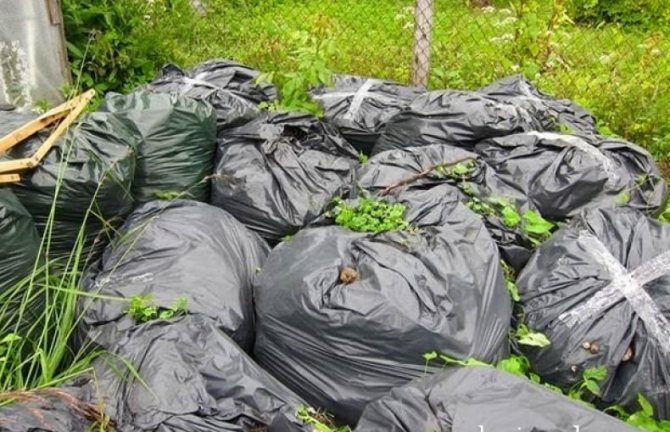

It is only necessary to pour an additional 20-30 cm of earth on top of the humus. Secondly, gardeners and gardeners who have been practicing composting in bags for a long time, insist on the mobility of this method.
It consists in the fact that such beds can be transferred around the site. For example, if suddenly cold weather came again in the spring, then the whole complex is transferred to a shed or greenhouse.
So the plants are not afraid of the cold. Thirdly, when planting various crops there, watering should not be regular. Humus retains moisture well and for a long time.
Compost in trash bags is an ideal method for making fertilizer quickly and for a long time. It is only important to monitor the smell.
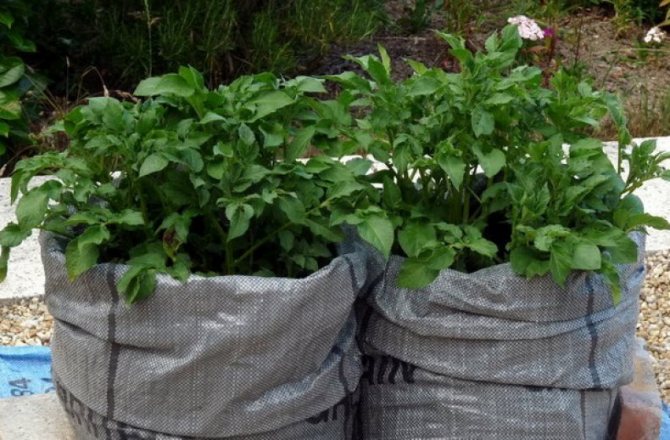

If your fertilizer smells like soil after rain, then everything is done correctly and the product is of high quality. If you smell ammonia, then too much nitrogenous products have been added.
In this case, it is recommended to add raw materials that contain carbon. Always an unpleasant smell will be an indication that you have violated the technology or added a prohibited ingredient to the raw materials.
For a decent harvest of vegetables, berries and fruits, it is necessary to provide plants with adequate nutrition. This is usually organic matter: manure, bird droppings, compost or mineral fertilizers. Overripe compost is able to provide plants with everything they need, improves the structure of the earth. However, for its ripening of plant and kitchen residues, tops, small twigs and hard stems, it takes at least two years, and with periodic shoveling of the contents of the compost pits.
And then there was information about a new technology for instant compost preparation. Today we will consider how to make quick compost in bags... So, let's talk about the new technology.
I invite you to a group for summer residents, gardeners: "Country hobbies"
How to make quick compost in bags
Fast compost in black bags
What are the advantages of this new progressive method:
- the gardener gains in time - the maturation of the compost takes 2-3 months instead of two years;
- no need to build permanent compost pits, allocating a special area that can be used for additional plantings using the new method;
- saves the time and effort of the gardener on shoveling several times per season the contents of the compost pits;
- closed ripening plant residues in the bag are not washed away by rain and snow;
- the closed bags keep pests and weed seeds out of the street and are cleaner.
The disadvantages of using black bags include the cost of purchasing special bags that do not last long, are torn and decay from frost and sun.
How to make quick compost in bags
What bags are needed
It is worth buying black bags with a capacity of 120-250 liters, so that there is more heat for the ripening of plant residues, and the necessary moisture is retained. In small bags, there is not enough moisture for a quick ripening process. Moreover, the strength of the bag must be high so that it can withstand heavy rain, wind and frost.
Often gardeners use durable plastic bags for household waste. Better to purchase more durable bags for construction waste. They are able to withstand frosts down to -30 degrees and showers.
What is used for compost
Any plant residues are suitable: annual weeds with roots in the ground, kitchen residues, small scraps from shrubs, small pieces of turf, vegetable tops, eggshells, paper, cardboard, wood particles, sawdust. I recommend learning how to make a cut grass fertilizer.
You should not send perennial weeds with seeds and rhizomes (sow thistle, spurge, horsetail, mint, etc.), so as not to spread them throughout the garden.
It is noticed that one green mass of plants, especially nitrogen-containing plants such as peas or legumes without soil, does not give a good full-fledged humus. Such humus has a pungent ammonia smell.
Ideally, for good activity of compost bacteria, nitrogen-containing raw materials should be 1:30 to the rest.
Some summer residents add EM preparations or vermicompost to their bags to increase the number of processing bacteria and microorganisms. However, if the raw material contains soil from the garden, then there are enough microorganisms for the compost to ripen quickly.
All these residues rot well within a few months if the bags are tightly closed and placed in sunny places.
You should not put the remains (peel) of citrus fruits in the compost - they slow down the ripening process
Slows down the ripening of potato and tomato tops, broom, castor oil plant.
In no case are diseased plants put into the compost, which must be immediately destroyed in order to stifle the disease at the root and not spread throughout the garden.
Of course, you cannot put synthetic materials in compost bags (colored fabrics, plastic, polyethylene, rubber, laminated paper, etc.)
It is allowed to add overheated manure and bird droppings or a handful of ammonium nitrate and about a liter of wood ash to plant residues for the early maturation of humus.
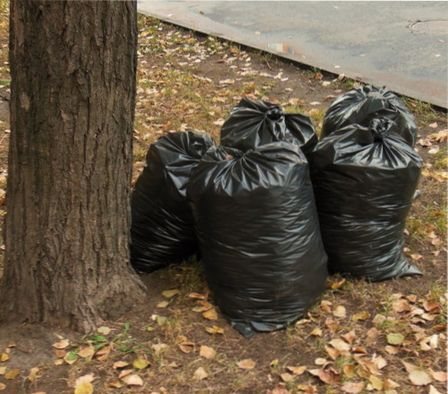

quick compost in black bags
Leaf compost preparation technology
After the leaves fall, collect the fallen leaves and put them in a tray, sprinkling with layers of earth 5-10 cm thick. If the foliage and soil are dry, be sure to spill them with water. Lawn owners can add cut grass to the content - it will accelerate the maturation of humus. It is also permissible to put soft-stemmed tops of vegetables and weeds without seeds there, as well as kitchen waste of vegetable origin.
You can add lawn cuttings to the composting bin
It's great if you have fresh manure or poultry droppings at your disposal. Be sure to add these nitrogenous products to the total mass or spill the contents with a solution based on them. An alternative option is a solution of a purchased nitrogen preparation (urea, ammonium nitrate, etc.), prepared at the rate of 20-30 g per 10 liters of water.
An excellent effect on the further decomposition of organic matter will have a solution of the EM preparation. Dissolve the concentrate in water according to the instructions, and spill it with a useful solution when placing the organic filling.
So that in the future you do not have to deoxidize the soil in the beds that you fertilize with leaf compost, smooth out the acid reaction right away. To do this, at the stage of laying organic matter, sprinkle its layers with wood ash, dolomite flour, slaked lime or chalk.
So that in the future you do not have to deoxidize the soil in the beds, sprinkle the compost layers with wood ash, dolomite flour, slaked lime or chalk.
Over the next season, in addition to regularly shoveling the maturing compost, you will need to periodically moisten it with water. A solution of mullein, urea, or an EM preparation will be useful, with which you moisten the contents a couple of times per season. Be sure to take care of the lid on the compost bin if you made one yourself. It will be required to protect the organic matter from drying out in the summer heat and from being washed out during the period of prolonged rains.
You can do it easier - cover the top of the compost mass with a dense film and make holes in it for air access. And do not forget to collect a handful of earthworms in the garden and launch them in a pile. After a short time, they will multiply in large quantities in the nutritious feather bed and accelerate the maturation of the compost.
How to tell if the compost is ripe
Fully ripened leaf compost is a loose, homogeneous mass. In it, you should not find skeletons of leaves or undisturbed remnants of other waste that were laid along with litter. There will be no earthworms in mature compost: they will leave the compost bin when it runs out of food. A distinctive feature of mature leaf compost is its pleasant “forest” aroma.
If the compost contains earthworms, then it is not yet ripe.
Which leaves are not suitable for composting
Unfortunately, not all leaves are suitable for composting. The foliage of some tree species contains a lot of tannins, which in the future will have a negative impact on the development of cultivated plants. Do not use walnut, lingonberry, blueberry, sumach and scumpia litter - it is better to use it for making ash. Avoid the oak and hazel if you decide to replenish the foliage in the forest.
The leaves of maple, chestnut and hawthorn will slow down the process of maturation of compost - they are very dense. It is better to grind such foliage first with a garden shredder and only after that put it in a composting chamber.
Maple, chestnut and hawthorn leaves slow down the compost maturation process
Correctly prepared leaf compost will be an excellent help in a summer cottage. Such a natural product will have the best effect on the health of cultivated plants, will help to achieve a generous harvest and will allow you to save money on the purchase of store fertilizers. Do not give up on such a profitable idea! Besides, now is the right time to bring the idea to life.
Leaf compost will facilitate summer cottage activities
Surely, among the readers there will be those who have already mastered the technology of making sheet compost and managed to appreciate its advantages. Share your experience and impressions with us in the comments.
>

